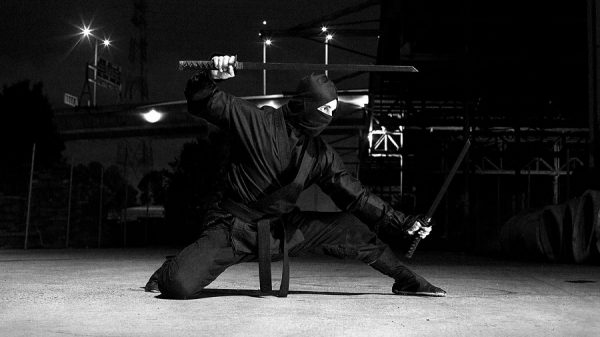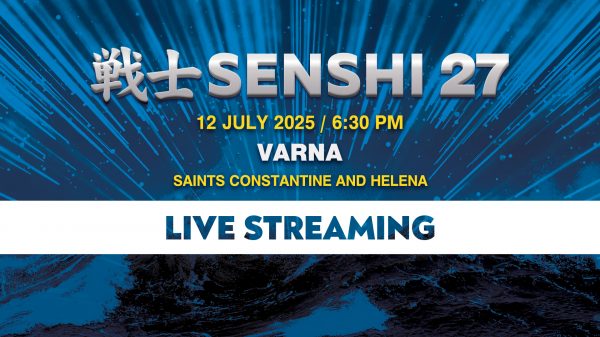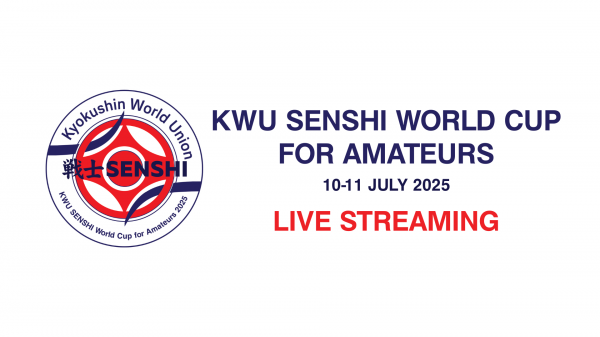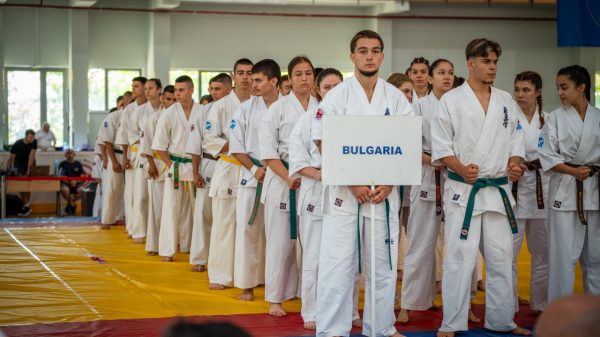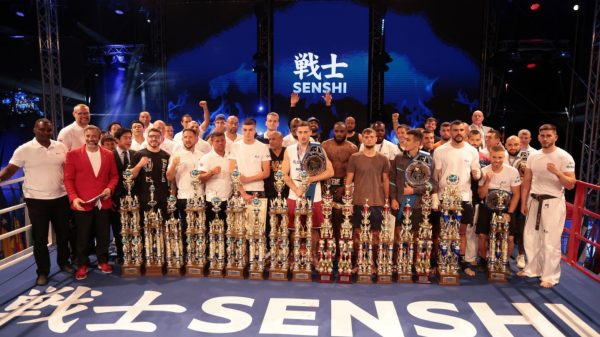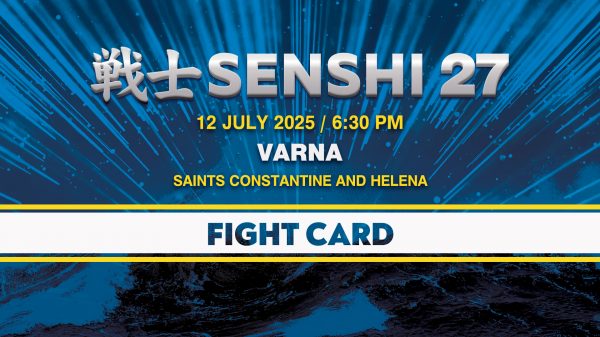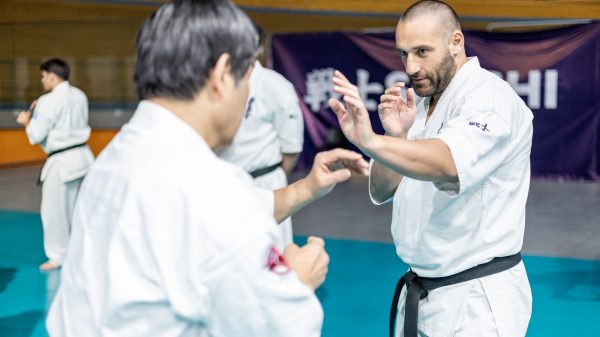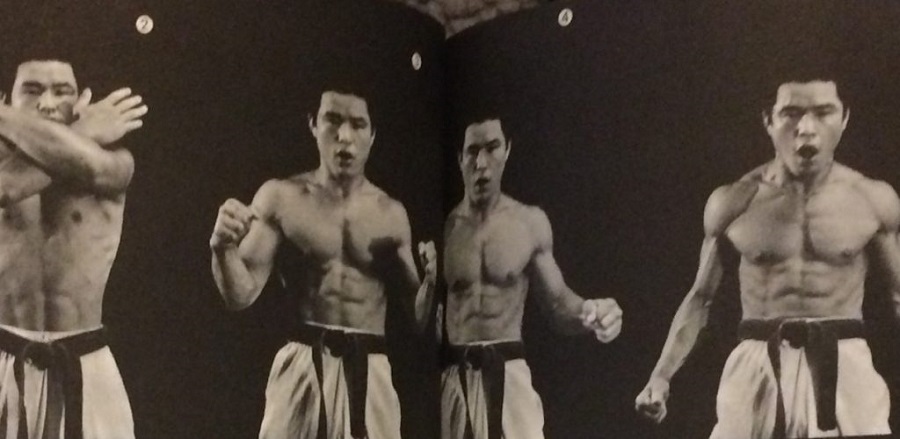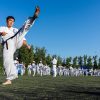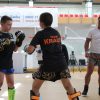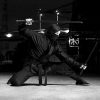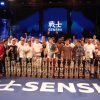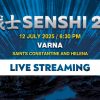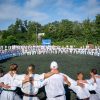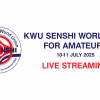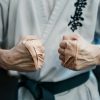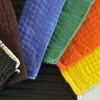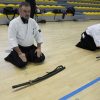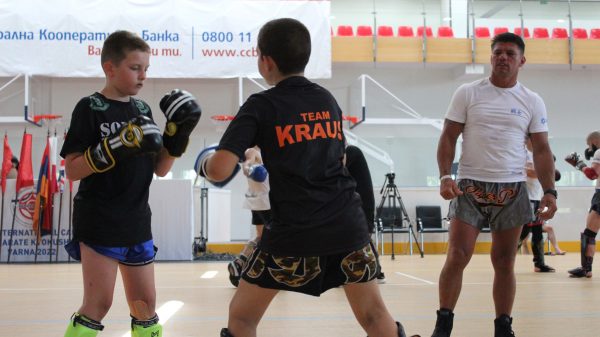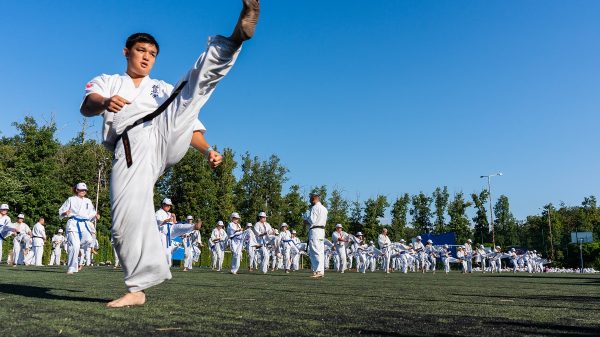IBUKI translates to “breath” in English, but the combination of the characters to form Ibuki 息吹 means “inner strength”.
Chōjun Miyagi (Sōke), who founded the Gōjū-ryū school of karate, a direct root of Kyokushin Karate (Mas Oyama was 7th dan in Gōjū-ryū), emphasized the importance of correct breathing while practicing karate and created the breathing exercise known as Ibuki in Karate, of which there are two types;
1. Yō – Ibuki which is employed as a training method and is a strong hissing sound that aids in dynamic tension training. Think Sanchin Kata.
2. In – Ibuki that is used in combat or while training, and is nasal in nature.
The combination of these breathing techniques promotes rejuvenation of energy and ensures the body is exercised internally and externally. The goal is to consciously control breathing to unite the mind and body, activate the internal organs, and reach a state of total awareness.
In-yō
In-yō is the Japanese translation of Chinese Yin and Yang (陰陽). In Chinese philosophy, yin and yang (also yīnyáng – “dark—bright”) describe how seemingly opposite or contrary forces may actually be complementary, interconnected, and interdependent in the natural world, and how they may give rise to each other as they interrelate to one another. Hence you can see how this relates to the two different breathing techniques mentioned above.
Yō Ibuki
Is the hard style of breathing, a noisy breathing technique, with the aim of absorbing any opposing force; it is made with a long exhalation and ends with a short breath and voice.
This technique is the channel through which the Hara (Tanden – pronounced dan-ten in Chinese) connects the spirit to the body, through Ki (internal energy). This technique serves to contract the muscles of the body in a single moment and is able to absorb a blow without suffering much harm, or at least a small part. This contraction, which takes place through the Yō Ibuki breathing, contraction is called kime.
Yō Ibuki (the “heavy” breathing method used in Sanchin and other katas) is not actually forced, as some people may describe it. As forced breathing would indicate you’re using the throat to throttle the airflow.
You are not to constrict the airflow or throat muscles. Instead, Yō Ibuki is the measured but powerful controlled pressure of the abdomen. Heavy abdominal breathing, concentrating on collapsing your diaphragm (and thus your lungs) down instead of inflating them outwards (the breathing movement should be seen in your lower abdomen, not in your ribcage), then breath out by slowly contracting (with or without tension) the abdominal wall (like a stomach vacuum but without holding your breath), which will then push the diaphragm and lungs back up, compressing them and pushing the air out again.
This contraction of the abdominal muscles also pulls the ribcage and hips a bit together, and aids in the development of correct posture for Sanchin dachi (gluteal and abdominal muscles contracted, without excessive pelvic tilt caused by using only the glutes and hip flexors).
Alternatively, use Ibuki when blocking a strike or delivering a strike, exhale with force, and kiai – or shout. Observe weight lifting training or competition or other martial arts training and you will see that they also use this form of breathing. Weight lifters shout as they exhale, pushing heavyweights. Many athletes, including baseball and football players, even tennis players grunt, groan, or shout during practice or competition. They have been trained to realize that forceful exhaling makes their effort more effective and their body stronger.
Read the full article by clicking HERE (+video)


